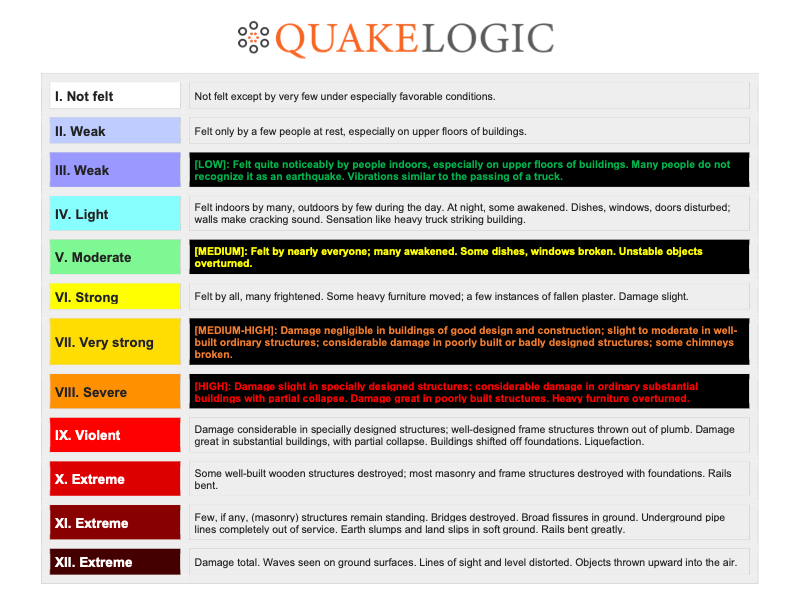Earthquakes, one of nature’s most formidable phenomena, can cause widespread destruction within seconds. However, advancements in seismology have led to the development of Earthquake Early Warning (EEW) systems, providing precious seconds to minutes of warning before the shaking starts. The key to these warnings lies in the understanding of P-waves and S-waves generated by earthquakes and their speeds.
The Speed of P-waves and S-waves
When an earthquake occurs, it releases energy in the form of seismic waves, primarily P-waves (Primary waves) and S-waves (Secondary waves). P-waves, being the fastest, travel through both solid and liquid layers of the Earth at speeds ranging from about 5 to 7 kilometers per second (km/s) in the Earth’s crust, and 8 to 13 km/s in the mantle. S-waves, on the other hand, only move through solids and are slower, with speeds of about 3 to 4 km/s in the crust and 4.5 to 7.5 km/s in the mantle.
The Importance of Speed Difference
The speed difference between P-waves and S-waves is crucial for Earthquake Early Warning systems. P-waves, although less destructive, reach sensors first, providing a brief window of time before the more damaging S-waves arrive. This time gap can vary depending on the distance from the earthquake’s epicenter. The closer one is to the epicenter, the shorter the warning time, due to the smaller gap between the arrival times of P-waves and S-waves.
Proximity to the Epicenter and Warning Time
For those located very close to the earthquake epicenter, the warning time may be minimal or non-existent. This is because the S-waves, responsible for most of the shaking and damage, follow closely behind the P-waves. In such scenarios, every second of warning can be critical for taking protective actions, such as dropping to the ground, taking cover under a sturdy piece of furniture, and holding on until the shaking stops.
The Blind Zone Challenge
A significant challenge for regional seismic network-based EEW systems is the “blind zone.” This area, typically within 10 to 20 kilometers of the epicenter, may receive little to no warning before shaking starts. The reason is that it takes time for the seismic waves to be detected by the network, processed, and then relayed as a warning to the affected area.
On-site Earthquake Early Warning Systems
To address the blind zone issue, on-site EEW systems have been developed. These systems are installed at individual locations, such as buildings or infrastructure facilities, and can detect P-waves directly, providing immediate local warnings. While they may not offer extensive lead times, they can be especially effective in near-epicenter areas where regional EEW systems struggle to provide timely alerts.
Conclusion
Understanding the dynamics of P-waves and S-waves and their implications for early warning systems is essential in mitigating earthquake risks. While the difference in speed between these waves offers a crucial, albeit brief, window for action, challenges such as the blind zone necessitate innovative solutions like on-site EEW systems. As technology advances, the goal is to extend the warning times and reduce the impact of earthquakes, safeguarding communities and saving lives in the process.




